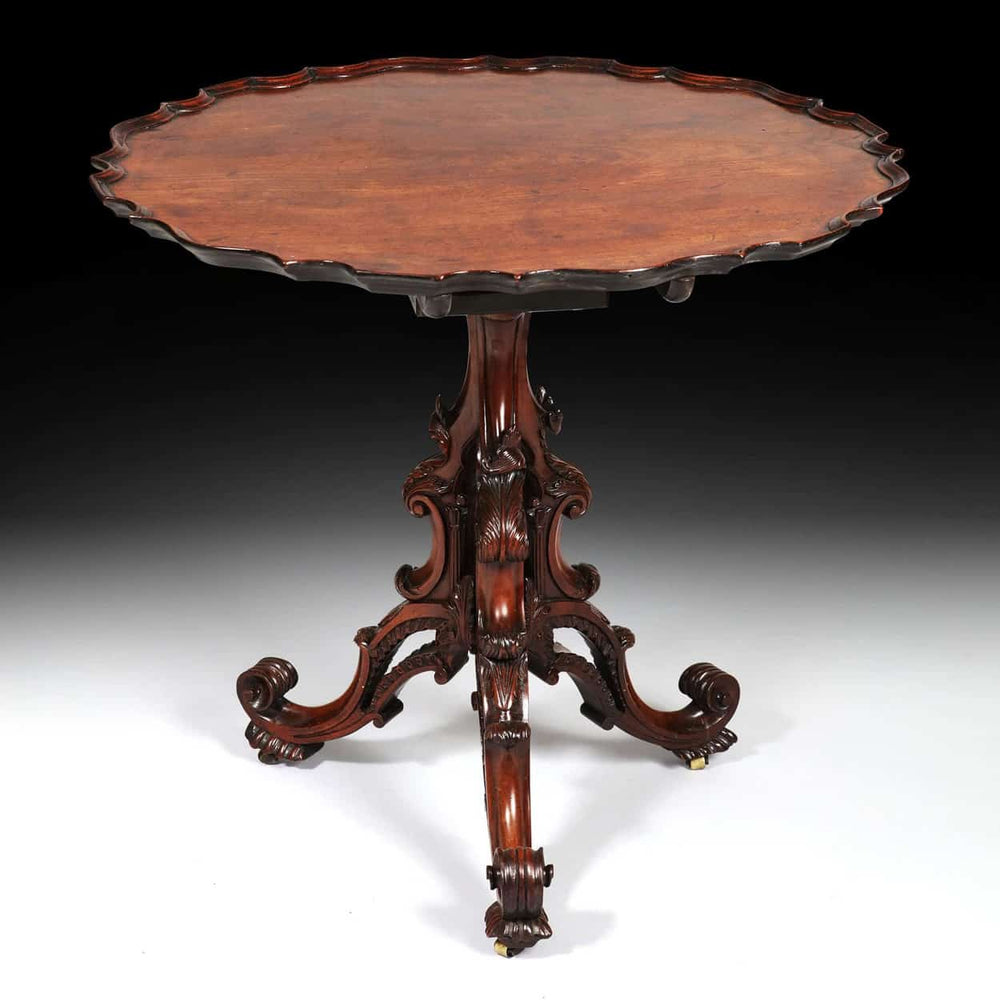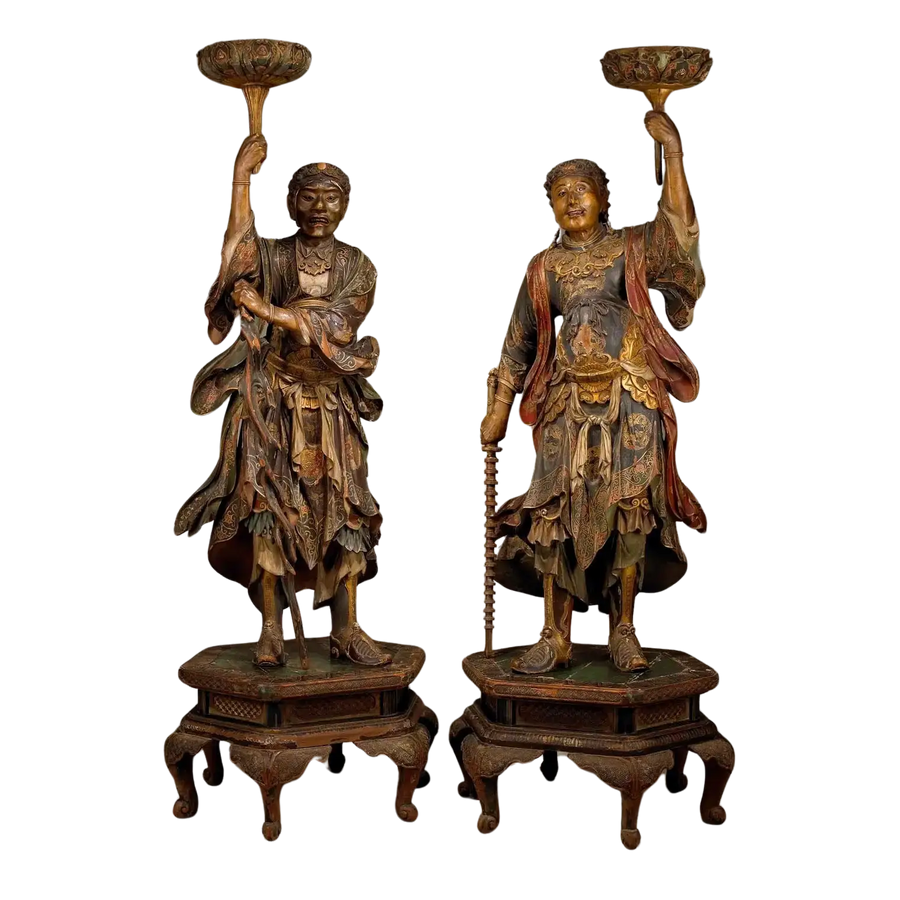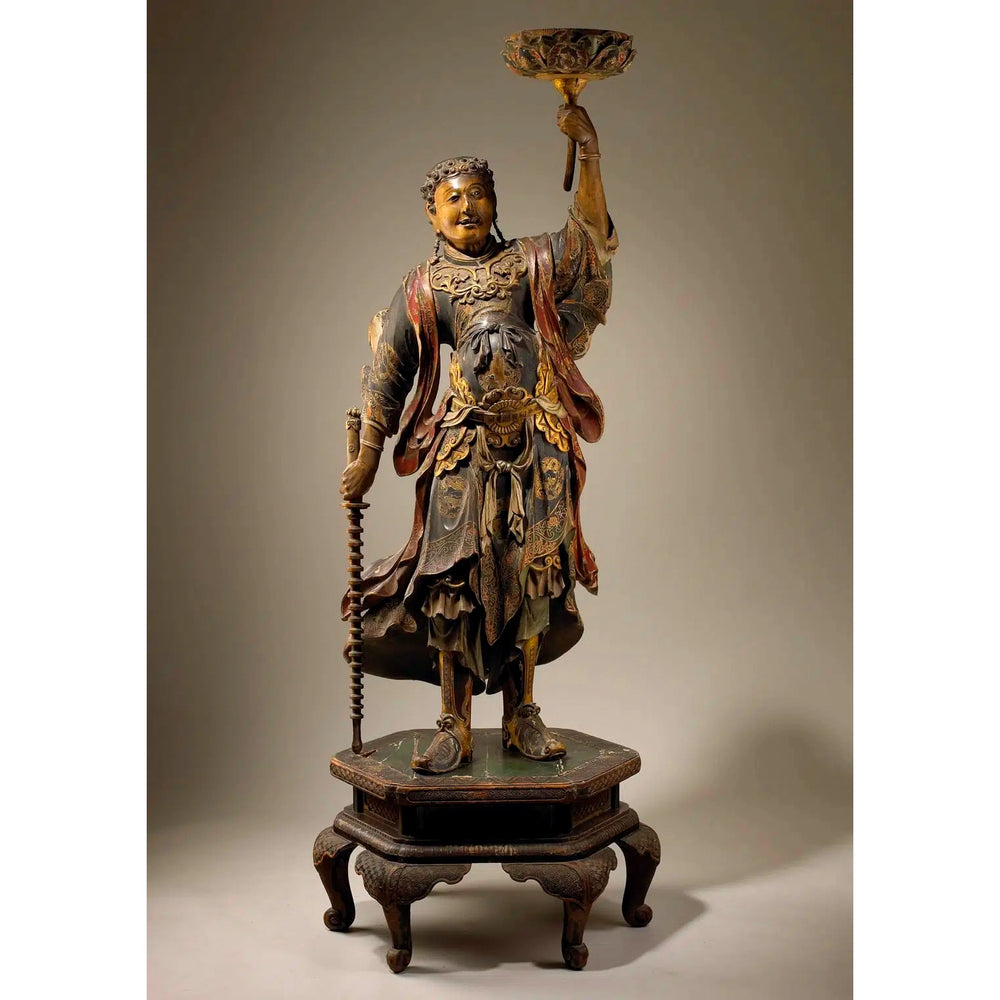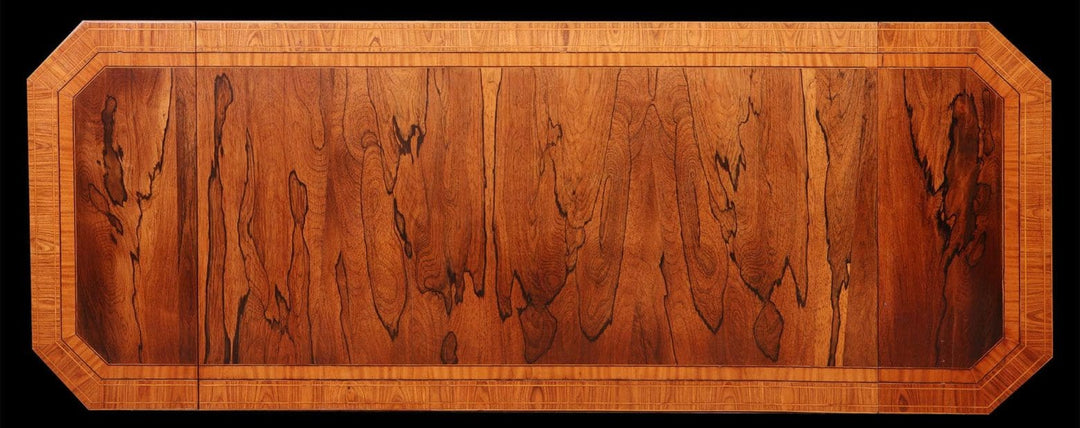The Masters of Mid Century and Modern: Part 1
Nicholas Wells Antiques may specialise in 18th- and 19th-century furniture, but we absolutely adore Mid-Century and Modern design too. Elegant, sometimes opulent, sometimes restrained — these pieces are as varied as they are exceptional. Here, we take a closer look at some of the designers who defined the era.

Willy Rizzo
Possibly the very definition of Hollywood Glamour, Willy Rizzo was an Italian photographer who rose to prominence in the post-war years, capturing some of the world’s most celebrated figures. From the 1960s, he expanded into furniture design, creating bold and glamorous pieces that quickly found favour with the rich and famous.
His clientele included Salvador Dalí and Brigitte Bardot, and his designs became synonymous with chic, jet-set living. In the late 1970s Rizzo returned to photography, but by the 1980s and 1990s he was once again designing furniture, this time in collaboration with Paul Smith and Mallett Antiques.
Romeo Rega
Born in 1904, Romeo Rega was one of the principal Italian designers of the 1970s, renowned for combining modernism with glamour. His brand, launched in the late 1960s, produced strikingly sophisticated designs until 1981, when production ceased.
Rega’s furniture is instantly recognisable, often marked with his distinctive double-“R” logo. Today, his pieces are highly sought after by collectors and feature prominently at vintage and design sales.
Syrie Maugham
A prolific interior decorator of the 1920s and 1930s, Syrie Maugham’s impact on 20th-century design cannot be overstated. After apprenticing under Ernest Thornton-Smith, she established her own interior design business in 1922 at the age of 42, setting up shop on London’s Baker Street.
By 1930, Maugham’s influence had crossed the Atlantic, with showrooms in New York, Chicago, and London. She became famous for her all-white interiors, often decorating entire rooms in shades of white, complemented by glass walls and luxurious furnishings. Maugham also pioneered an early form of “upcycling,” breathing new life into antique furniture by painting, stripping, or reupholstering pieces to suit modern tastes.























Leave a comment